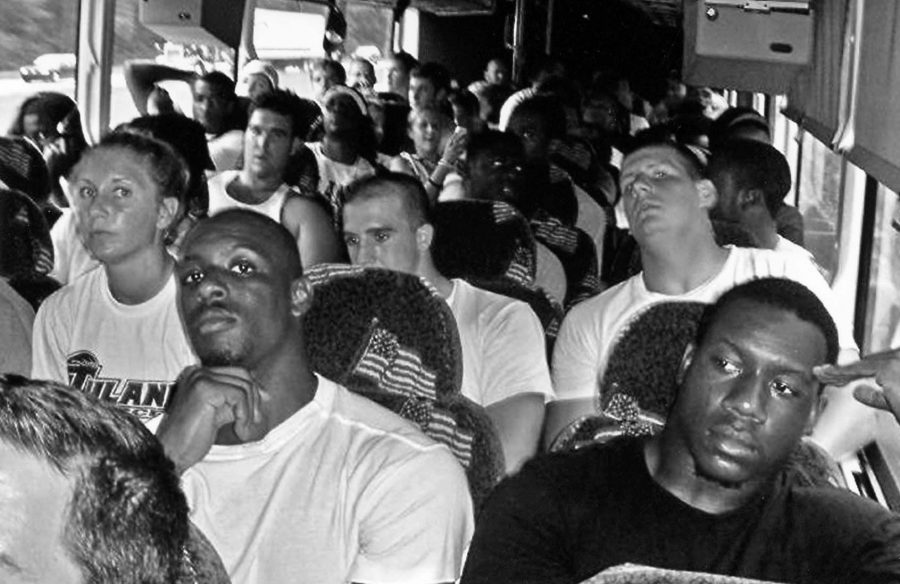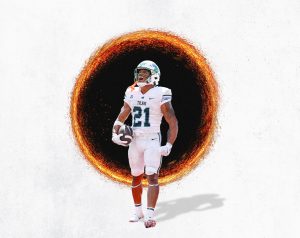Ten buses to Birmingham: In event of hurricane, Tulane athletics travels together
August 26, 2015
In August 2005, Hurricane Katrina swept through the Gulf Coast, putting nearly 80 percent of the city of New Orleans underwater and costing an estimated $100 billion in damage.
For Tulane Athletics, the seasons never started. A mandatory evacuation was issued for the city, scattering the athletes to Jackson State in Jackson, Mississippi. Subsequent storms created power loss and isolated friends and family.
“I think the hardest thing about 10 years ago was watching it all unfold on TV and knowing we can’t go home,” Executive Associate Athletic Director Brandon Macneill said. “There was no blueprint. This has never happened to anyone before.”
Now, 10 years after the hurricane, much has changed for the sports teams that play during the waning weeks of hurricane season. With so much destruction left in the wake of the Hurricane Katrina, new policies were in order.
Tulane’s fall athletes were dispersed across half of the country. The football team went to Louisiana Tech. Soccer journeyed to Texas A&M. The teams were all competing far away from home. Today, this would not be the case, as new policies have mandated that student-athletes competing in fall sports must evacuate together should another hurricane hit. Ten buses are set aside for the athletic teams so they may all travel together.
The teams’ destinations have changed as well. Instead of going north, where the storms could still affect them, teams must now choose to evacuate to the east or to the west.
After the storm’s end, members of the upper administration would investigate and report if the school were safe to open.
Such policies were already put into practice in 2008, when Hurricane Gustav swept through New Orleans and another mandatory evacuation was issued. This time, rather than head north to Mississippi, the teams all traveled to Birmingham, Alabama. There, the football team opened their season. The athletes all returned to Tulane a week later.
“It’s efficient and streamlined and very well communicated,” Macneill said.
A large difference can be seen with the two evacuations, even though they were only three years apart. A safe way of transportation for athletes has been tested and it works.
“In hindsight, was it the best thing, was it not?” Macneill said when asked about the Katrina evacuation. “I think our student-athletes, even though it was so challenging, would say it was. They didn’t want to give up. [With] the policy now … I don’t think that would happen again.”










Leave a Comment